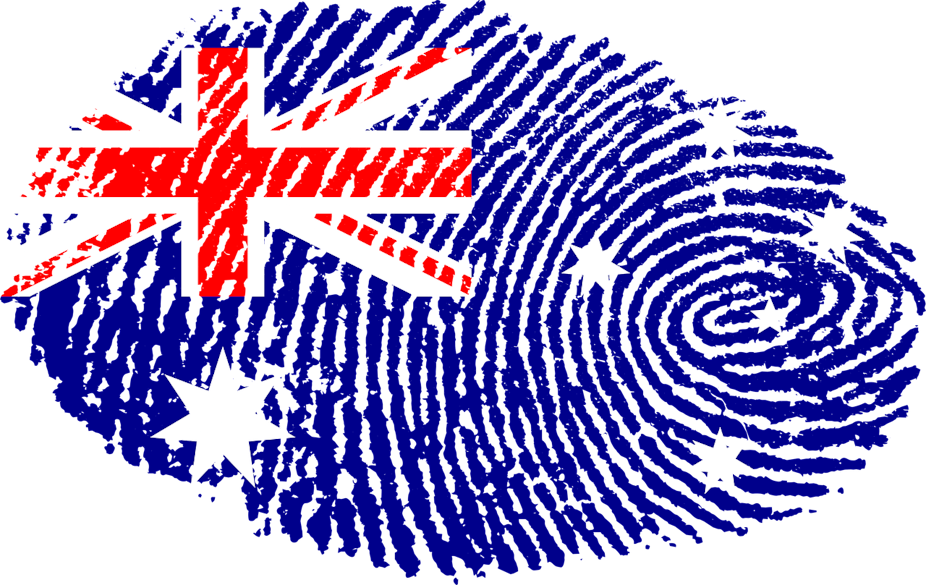There has been much talk recently about “Australian values”. The new citizenship test will require aspiring Australians to demonstrate they possess them, or can at least reproduce them under exam conditions. This raises the question of what these distinctly Australian values might be.
Politicians and commentators have made a variety of suggestions. Malcolm Turnbull proposes “respect, the rule of law, commitment to freedom, democracy”. Other contenders include mateship, tolerance, belief in reward for effort, a resilient can-do attitude, egalitarianism, larrikinism and the storied “fair go”. But are there any singularly Australian values at all?
One novel way to tackle this question would be to rise up from our armchairs, step down from our soapboxes, and consult the large body of research on cultural values. Social psychologists and sociologists have spent decades understanding how values are organised and how they are best assessed. In the process they have conducted numerous comparative studies of the values of different cultural groups, Australians included.
How to examine cultural values
The most well developed understanding of cultural values can be found in the work of social psychologist Shalom Schwartz. Schwartz and a large ensemble of international collaborators have established that cultural values are best captured by seven distinct orientations. Each culture can be positioned somewhere along each dimension, from low to high, based on the degree to which its people endorse each set of values.
Embeddedness represents the extent to which people value being part of a larger collectivity, respecting cultural traditions and social order and subordinating personal desires to those of the group. In contrast, autonomy refers to more individualist values, in which the person’s independence is held in higher esteem.
Schwartz distinguishes two autonomous cultural orientations. Intellectual autonomy values prize individual curiosity, creativity and openness, whereas cultures that value affective autonomy cherish the pursuit of pleasure, excitement and diverse life experiences.
Embeddedness and autonomy are opposing cultural orientations. The same goes for Schwartz’s harmony and mastery orientations. Cultures that score high on Harmony place an emphasis on adjusting peacefully to the world and to nature, whereas those high on mastery value changing the world in the pursuit of individual or group goals.
The third and final polarity in Schwartz’s model involves cultural orientations towards hierarchy and egalitarianism. Cultures that value hierarchy hold authority in high regard and view unequal distributions of power and resources as legitimate and necessary. Cultures with a more egalitarian orientation value equality and fair treatment for all, regardless of social position.
Schwartz’s model of cultural orientations is the outcome of decades of empirical research around the globe. The seven-dimensional structure is itself derived from studies carried out in a wide variety of cultural settings.
Schwartz and his colleagues have employed translated versions of a standard measure of more than 50 specific values, organised into these seven dimensions, in which they rate the extent to which each value is a guiding principle in their life. Scores on this measure can reveal where one culture’s values sit relative to others.
Unique Australian values?
Australia is one of a collection of nations in which large samples of people have completed Schwartz’s value measure. We can see how it measures up using a publicly accessible dataset. This dataset provides average scores on each of the seven dimensions of cultural values for 80 cultural groups, drawn from 77 nations.

These scores are presented in the figure above. Each culture is represented by a blue dot, with Australia singled out in red. (For the statistically inclined, scores on each orientation have been standardised so the mean score is 0 and the standard deviation is 1).
It is plain to see Australian values fall very much in the middle of the pack on every cultural dimension. If our values were uniquely tolerant we would score high on harmony, but we sit on the global mean.
If we valued initiative and reward for effort to an unusual degree, we would rise above other nations on mastery, but we again lie on the statistical equator. If we valued respect and the rule of law to a distinctive extent we would score high on embeddedness, but we do not.
If Australians were uniquely inclined towards fairness and equality, with an irrepressible larrikin streak, we would score high on egalitarianism and low on hierarchy. But we don’t. The only dimension on which we are at all distinctive is affective autonomy, but according to Schwartz’s data 19 cultures are more pleasure seeking and fun loving than we are.
So just how unique are Australian values overall? One way to answer that question is to add up how much Australia deviates from the international average over the seven dimensions. By this metric, Australia is the second least distinctive culture of all, beaten to the gold medal by Brazil.
It is hard to escape the conclusion that what is unique about Australian values is their averageness.

